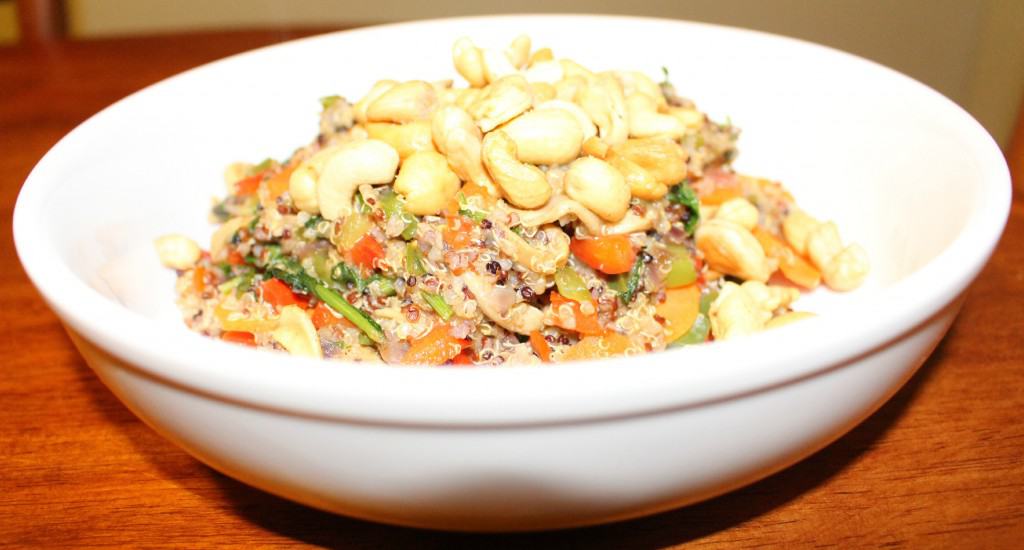- in Recipes & Food by Ana Maria
Diet Plan, The Truth About How To Lose Weight

Diet plan for healthy weight loss;
Maintain a healthy clean diet, and undertake regular exercise. That’s the simple truth. It’s often made to seem much more difficult than it really is, because there is a massive “weight loss” industry, intent on selling you lots of products. They need to make it seem like it is complex and difficult, except if you purchase their product, which of course will then make it all so simple.
They build the fear, and then promise relief.
And there is no end to the new products that the industry and marketers come up with, each one promising fantastic results, likely to turn your body into that of a world class fitness model. Keep chasing that dream, and you’ll be on a roller coaster of weight loss and gain for ever. That’s how they like it!
The truth is, there is no one plan that is suited to everyone. It depends where you are currently in your weight loss journey, and what your goals are. Clearly someone who needs to lose 50kg and is very unfit will need a different plan, than someone who is only 5kg over their target weight. But the principle’s used in coming up with both plans should be the same; i.e healthy clean diet and regular exercise, to suite each person’s goals.
A healthy diet will fuel your body for exercise, keep your metabolism and digestion working properly, and provide the nutrients that your body needs for a healthy lifestyle.
Eat Clean, Train Hard
Selecting the Healthy Eating Plan That’s Right For You
Choosing a diet plan to follow can feel like trying to navigate your way through a maze. It seems like everyone has a different set of rules to follow, and new scientific studies pop up all the time, seeming to debunk long-held beliefs about what’s really healthy. With all of this information coming in, how can you know which diet is right for you?
Popular Modern Diets
Many diet trends have come and gone over the years, but a few continue to hold on with formulas that claim to result in weight loss and better health.
The Atkins Diet
This well-known diet allows few carbohydrates aside from low-starch vegetables, promising that a higher protein intake will cause the body to burn more fat.
Many people do initially experience weight loss, but following the program in the long term may lead to elevated cholesterol levels from eating large quantities of meat and constipation due to lack of fiber.
Both the body and the brain need carbohydrates for energy, and restricting them for too long makes it difficult to support optimal health.
The Blood Type Diet
Also known as “Eat Right For Your Type,” this diet is based on the idea that people with different blood types digest food proteins in different ways. It suggests that eating the wrong types of foods for your blood type is what leads to disease and promises that, if you stick with the right regimen, your health will improve.
With little or no research to back up these claims, it’s hard to tell if the blood type diet has any real benefits.
Restriction or elimination of entire categories of foods and the necessity of following a highly structured diet regimen leave little room for flexibility.
Mediterranean Diet
On this diet, the major foods consumed include vegetables, fruits and legumes along with moderate amounts of fish, poultry and red wine. The aim is to mimic the diets of Mediterranean populations whose health is better than that of much of the Western world.
Shifting toward this eating pattern cuts out many foods that are detrimental to health while still offering a great deal of flexibility when it comes to food choices.
The Zone
Based on the idea that food affects hormones including those that regulate weight, this popular diet advocates a balance of 40 percent carbohydrates, 30 percent protein and 30 percent fat.
It claims that this puts the body in an efficient metabolic “zone,” but lacks research to back up this hypothesis.
Some benefits may be seen due to the emphasis on consuming “good” fats, fruits, vegetables, beans and whole grain carbohydrates, but the strict balance of macro-nutrients is difficult for most people to stick with.
What’s the Right Diet For You?
Diet Plan For Abs
Whether you want to lose weight, maintain weight or support a fitness program, you need to know your caloric requirements before choosing a diet plan.
There are many calculators available to determine your basal metabolic rate, or BMR. Use one of these to get a baseline figure, then multiply by one of the following numbers depending on your activity level:
– Sedentary: 1.2
– Lightly active: 1.375
– Moderately active: 1.55
– Very active: 1.72
The resulting amount is how many calories you should eat per day to maintain weight.
To lose weight, you need to eat at a slight caloric deficit. Eating about 500 calories per day less will allow you to lose 0.5 kilograms per week, which is a safe goal.
However, be careful of dropping your caloric intake too low. Severe caloric restriction puts your body in “starvation mode,” where your brain literally thinks you’re starving and shifts toward fat storage so you have enough energy to get through the perceived famine.
Gradual weight loss is healthier and those who lose weight slowly have an easier time keeping it off than those who go on crash diets.
Any healthy diet program includes physical activity, and protein intake should support the amount and type of exercise that you do every day.
Though there’s a lot of talk about what the “ideal” amount of protein is and whether or not athletes need more, the general recommendation is 0.8 grams of protein per kilogram of body weight for the average person.
When you’re more active, whether you lift weights, do regular cardiovascular exercise or have a physically demanding job, aim for 1 to 1.4 grams per kilogram.
Once you know how much to eat, how do you choose what to eat to fulfill those requirements?
Notice that one thing most popular diet plans have in common is the reduction or elimination of highly processed foods and foods containing damaging fats.
This includes refined carbohydrates from white flour and sugar, trans fats, high amounts of saturated fat and foods with potentially harmful chemical additives.
Instead, whole, unprocessed foods, preferably from plant sources, should form the basis of any healthy diet plan.
To ensure that you get a full complement of all the nutrients your body needs to function well within your caloric range, aim for a variety of different fruits, vegetables, legumes and whole grains every day. Include healthy fats such as those found in nuts, seeds and avocados. Choose lean protein sources over those with high amounts of saturated fat. Replace soft drinks with pure water and green or herbal tea to cut down on added sugars.
Eating this way allows for the flexibility necessary to stick with any dietary regimen.
The foods you eat should not only support your health but also appeal to your tastes, or else you’re not going to want to keep eating them.
Think of a healthy diet plan as more of a lifestyle change than a traditional diet.
You’re aiming for something that can be sustained in the long term to provide the maximum amount of health benefits. Be wary of any plan that relies heavily on supplements and pre-packaged foods. While these might provide some benefits in the short term, they’re rarely sustainable as part of a healthy lifestyle.
The best thing you can do when making changes to the way you eat is to keep it simple.
Start by picking one meal to focus on, such as breakfast, and giving it a healthy makeover. Then progress to other main meals and begin to incorporate nutritious snacks such as fruit and nuts.
For some delicious healthy recipe’s, that use the popular super food quinoa, which provides you with a tasty nutritious protein hit, try these simple dishes;
https://blog.saracrave.com.au/3-quinoa-recipes-better-health/
Capsicum Cashew Quinoa
Over time, you’ll establish habits that become second nature and you’ll find yourself making better food choices.
Establishing a healthy lifestyle is a process that takes time, but the payoffs are well worth the effort. You’ll enjoy decreased rates of illness, sustained weight loss and a better overall quality of life.




